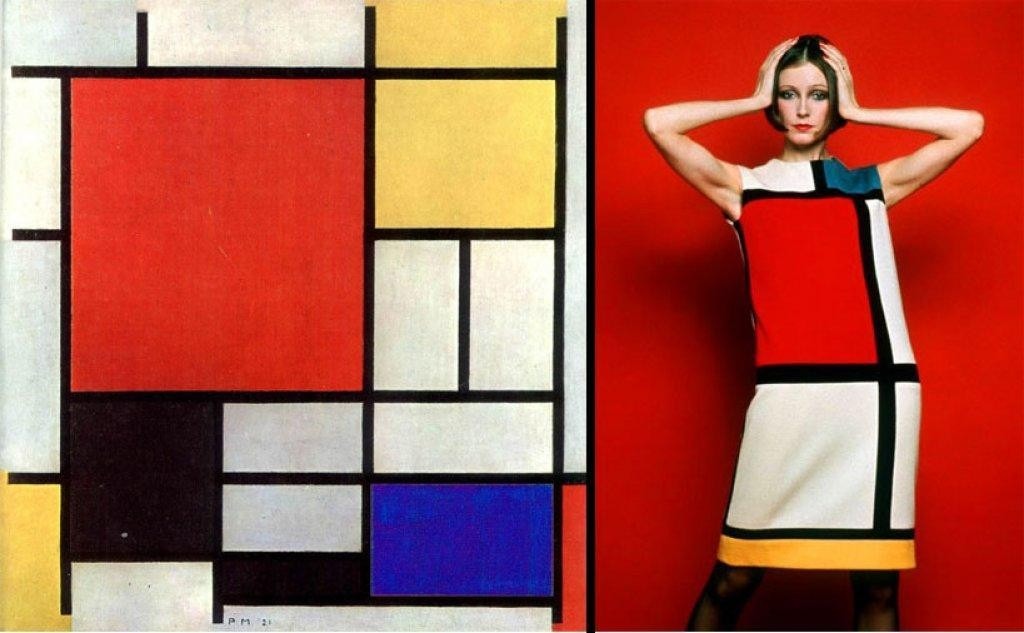Throughout history, these two creative worlds have often come together, but in today’s world, these collaborations are more exciting and common than ever. Designers are working with artists, museums, and even digital creators to blend textiles with brushstrokes, and runways with galleries.
This guide will take you on a simple journey to explore the fascinating world of creative collaborations where art and fashion merge, showing how these partnerships create something truly special and inspiring.
Why Do Art and Fashion Collaborate?
At their heart, both art and fashion are about creation, expression, and communication. When they come together, amazing things happen:
- New Ideas and Fresh Perspectives: Artists bring unique visions, colors, and techniques from their world, while fashion designers translate these into wearable forms. This sparks fresh ideas that might not happen if they worked alone.
- Breaking Boundaries: These collaborations often push the limits of what’s expected in both art and fashion. They challenge traditional ideas and create unexpected, exciting results.
- Reaching New Audiences: When a famous artist works with a fashion brand, or a fashion brand partners with a museum, both sides reach new people. Art lovers might discover fashion, and fashion fans might become interested in art.
- Adding Value and Uniqueness: Items from these collaborations often become highly sought after and collectible. They feel more special and unique than regular fashion pieces.
- Storytelling: Collaborations can tell a rich story, whether it’s about a particular artist’s life, a famous artwork, or a cultural movement.
A Look Back: Historical Collaborations
The idea of art and fashion working together isn’t new. It has a rich history:
- Elsa Schiaparelli and Salvador Dalí (1930s): This was one of the most famous early collaborations. Schiaparelli, a daring fashion designer, worked with the surrealist artist Salvador Dalí. They created iconic pieces like the “Lobster Dress” (a white dress with a large red lobster painted on it) and the “Tears Dress” (which looked like torn fabric and painted tears). These were shocking and artistic, making fashion into wearable art.
- Yves Saint Laurent and Piet Mondrian (1965): Yves Saint Laurent created a collection of wool jersey dresses inspired by the geometric paintings of Dutch artist Piet Mondrian. These “Mondrian dresses” were simple A-line shapes, but the bold blocks of color perfectly mirrored Mondrian’s famous abstract art. They became an instant classic, showing how fine art could be translated into elegant fashion.
- Louis Vuitton and Stephen Sprouse (2001): This collaboration brought street art into luxury fashion. Marc Jacobs (then creative director for Louis Vuitton) worked with artist Stephen Sprouse, who was known for his graffiti art. They spray-painted bold, fluorescent graffiti over Louis Vuitton’s classic monogram bags. This was a huge hit, making luxury fashion feel rebellious and fresh.
Today’s Creative Collaborations: More Diverse Than Ever
In the 21st century, art and fashion collaborations have exploded. They are more frequent, more varied, and use new technologies.
- Museums as Muses: Fashion brands often partner with famous art museums to create collections inspired by their masterpieces.
- Louis Vuitton and The Met: Louis Vuitton has done collections inspired by works in The Metropolitan Museum of Art, featuring iconic paintings on bags or clothing.
- UNIQLO UT (T-shirt line): UNIQLO’s UT line regularly collaborates with museums like MoMA (Museum of Modern Art) and the Louvre, putting famous artworks onto affordable t-shirts, making art accessible to everyone.
- Artists as Designers: Designers are inviting artists to directly create patterns, prints, or even sculpt pieces for their collections.
- Prada and Contemporary Artists: Prada has a history of working with various contemporary artists to create unique installations for their shows or to design specific prints for their fabrics, blending art and fashion in a sophisticated way.
- Dior and International Artists: Maria Grazia Chiuri at Dior often collaborates with female artists from around the world to design elements for her runway sets or to create exclusive accessories, bringing diverse artistic voices into luxury fashion.
- Street Art and Urban Culture: The energy of street art continues to inspire. Brands work with graffiti artists or muralists to bring an edgy, urban feel to their collections. This bridges the gap between high fashion and street style.
- Digital Art and AI: This is a new and exciting frontier.
- Virtual Fashion: Digital artists create “virtual clothes” that only exist online, for avatars or for use in photos with filters. These pieces can be impossible in real life, like dresses made of light or moving textures.
- AI-Generated Designs: Some brands are experimenting with Artificial Intelligence to generate new patterns or design ideas, which artists then refine. This shows how technology can open up new creative pathways.
- Music and Fashion: Music artists and fashion brands often collaborate, creating tour merchandise that is highly fashionable, or designers creating costumes for famous musicians. This blends sound, vision, and style.
- Sustainable Art & Fashion: Artists who create using recycled or upcycled materials are finding partners in fashion. This brings a powerful message of sustainability and creativity, showing how waste can be turned into beauty.
The Impact of These Collaborations
- Innovation: These partnerships push creative boundaries, leading to new techniques, materials, and styles.
- Accessibility: Collaborations with more affordable brands (like UNIQLO) make art-inspired fashion available to a wider audience.
- Cultural Exchange: They can introduce people to different artistic movements, historical periods, or cultural traditions.
- Collectibility: Pieces from these collaborations often become highly sought after and valuable because of their unique artistic connection.
- Elevating Both Art and Fashion: These partnerships remind us that fashion, at its highest level, is a form of art, and art can be worn and experienced in everyday life.
How to Spot and Appreciate Art-Meets-Fashion Collaborations
- Read the Show Notes: When you see runway collections online, look for mentions of guest artists or inspirations.
- Follow Art and Fashion News: Websites, magazines, and social media accounts that cover both art and fashion will highlight these partnerships.
- Visit Museums: Often, museums will have special exhibitions that explore the connection between art and fashion.
- Look for Artist Signatures: Sometimes, the artist’s name or a piece of their work will be directly visible on the garment or accessory.
- Understand the Story: Research why a particular artist was chosen. What message are they trying to convey together?
Conclusion: A Canvas for Creativity
When art meets fashion, something truly extraordinary happens. It’s a powerful blending of creativity that results in clothing that is not just wearable, but also meaningful, inspiring, and often breathtakingly beautiful. From the groundbreaking surrealist dresses of the past to today’s digital masterpieces and sustainable art collaborations, these partnerships continue to push boundaries and enrich our lives. They remind us that creativity knows no limits, and that sometimes, the most exciting new trends are born right at the intersection of a canvas and a catwalk.


